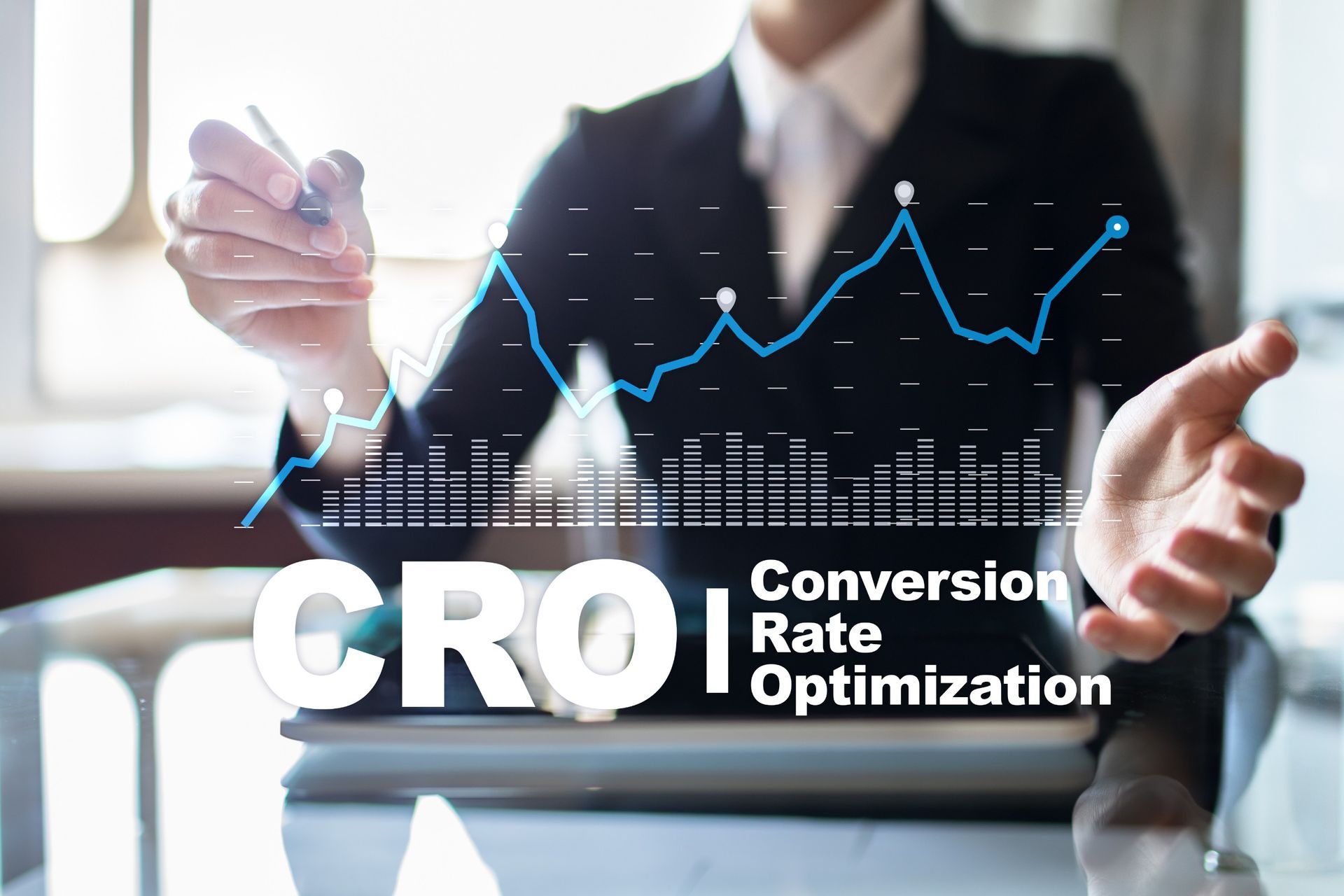Web Design Practices for Faster Load Times: Tips and Tricks
Speed matters. Imagine visiting a website and waiting more than a few seconds for it to load. Annoying, right? You’re not alone.Studies show that 53% of users abandon a site if it takes more than three seconds to load. For businesses, this could mean losing out on potential customers.
If you’re tired of slow-loading websites and want to give users a lightning-fast experience while boosting your SEO rankings, you’re in the right place. This post will explore actionable web design tips and tricks to improve load times and elevate your website.
Why Website Load Speed Matters
Before we jump into the solutions, let's clarify why speed is critical for your website’s success.
1. User Experience and Retention
Users value their time. A faster-loading site translates to happier visitors and a lower bounce rate. They’re more likely to explore your content and take meaningful actions like signing up for a newsletter or making a purchase.
2. SEO and Rankings
Search engines like Google consider load time as a ranking factor. A fast site improves your chances of climbing to the top of search results, increasing traffic to your page.
3. Conversion Rates
Want users to complete a purchase or fill out a form? A faster website leads to higher conversion rates. Research from Akamai indicates that a 100-millisecond improvement in load time can boost conversions by 7%. This small tweak can make a substantial difference.
Now let's get to the part you’ve been waiting for—how to achieve faster-loading websites.
Key Web Design Tips to Boost Load Speed
1. Optimize Images
Large, uncompressed images are one of the top culprits for slow-loading websites. Here’s how to fix that:
- Compress your images with tools like TinyPNG or ImageOptim to reduce file size without compromising quality.
- Use modern formats like WebP, which offers smaller file sizes and higher quality than traditional formats like JPEG and PNG.
- Implement responsive images using HTML's <picture> tag to serve appropriately sized images for different screen resolutions.
2. Enable Browser Caching
Browser caching ensures that important assets like your logo and CSS files are stored locally on users’ devices for their next visit. This reduces the need to download them again, resulting in faster load times.
Use expiration headers in your website’s files to set a caching duration. Tools like WP Rocket for WordPress can simplify this process.
3. Minify Code
Messy HTML, CSS, and JavaScript files can slow down your site. Minify these files to remove unnecessary characters, line breaks, and whitespaces without altering functionality:
- Use tools like Minify or UglifyJS to shrink your code.
- Integrate minification into your workflow with build tools like Webpack or Gulp.
4. Implement a Content Delivery Network (CDN)
A CDN distributes your website’s content across multiple servers in different locations worldwide.
This ensures that a user accesses your site from the nearest server, significantly reducing latency.
Popular CDN providers include Cloudflare, Akamai, and Amazon CloudFront.
5. Use Lightweight Themes and Plugins
Heavy themes and too many plugins can weigh down your website. Choose leaner themes and get rid of unnecessary plugins:
- Use minimalist themes like GeneratePress for WordPress.
- Review all installed plugins and deactivate or delete those that are not adding value.
6. Prioritize Above-the-Fold Content
Above-the-fold content refers to the part of your site that a user sees before scrolling.
- Implement lazy loading for images and videos below the fold so they load only when needed.
- Ensure that core content like text and hero images are loaded first and are visible immediately.
7. Optimize Server Performance
Your server’s performance plays a massive role in load times.
- Upgrade to a high-performance web host that specializes in speed. Look for providers offering SSD storage and HTTP/2 support.
- Use server-side caching to pre-render your webpages for faster delivery.
8. Reduce Redirects
Redirects force a browser to make multiple HTTP requests, increasing load time. Audit your site to remove unnecessary redirects or optimize essential ones.
9. Enable Compression
Gzip compression reduces the size of your HTML, CSS, and JavaScript files, making them faster to load. Most modern web servers like Apache or NGINX can enable Gzip compression with a simple configuration.
10. Optimize Your Fonts
Custom fonts can make your site unique, but loading them can also slow things down.
- Use modern font formats like WOFF2 for faster loads.
- Limit the number of font weights and styles you use.
- Choose system fonts whenever possible to eliminate the need for extra downloads.
11. Conduct Regular Speed Tests
To keep tabs on your progress, run regular speed tests using tools like Google PageSpeed Insights or GTmetrix. These tools provide detailed feedback and actionable recommendations for further optimization.
Long-Term Benefits of a Faster Website
By implementing these tips, you’ll not only improve your website’s speed but also your users' overall experience. A faster website attracts more visitors, generates higher engagement, and ultimately results in better SEO rankings and increased business growth.
Remember, website performance isn’t a one-time fix but an ongoing effort. Continuously monitor your site's speed and make adjustments as needed.
Final Thoughts and Your Next Step
Improved load time should be a key focus in web design, as it greatly influences user satisfaction, search engine rankings, and conversion rates. For businesses seeking responsive website design in Maryland, optimizing load speed ensures an efficient, seamless experience across all devices. A faster website not only retains visitors but also boosts engagement and trust. By prioritizing performance, you can create a user-friendly site that meets both business goals and customer expectations.
If you’re looking for help optimizing your website’s speed and performance,schedule a call with Del-Royce Communications today. Our team of web design experts specializes in creating fast, responsive, and beautiful websites that drive results. Don’t wait to transform your online presence!









